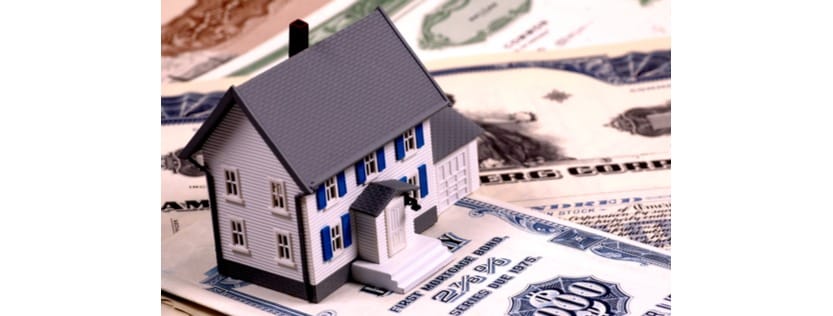The housing market in the United States is experiencing significant changes as the average rate on a 30-year fixed mortgage has climbed to 6.91%, according to the latest data released by Freddie Mac. This increase marks the highest mortgage rate observed since July, raising concerns among potential homebuyers and existing homeowners alike. The rise in mortgage rates is indicative of broader economic trends, including inflationary pressures and the Federal Reserve’s monetary policy decisions.
The increase in mortgage rates has been a consistent trend throughout 2023, as the Federal Reserve has implemented a series of interest rate hikes in an effort to combat inflation. These rate hikes have had a direct impact on borrowing costs across various sectors, including the housing market. As mortgage rates rise, the affordability of homes decreases for many potential buyers, leading to a slowdown in home sales and a potential cooling of the housing market.
In recent years, the housing market has been characterized by historically low mortgage rates, which spurred a surge in homebuying activity. However, the current environment presents a stark contrast, with rising rates making it more challenging for buyers to secure financing. The increase to 6.91% is particularly notable as it comes at a time when many families are considering purchasing their first home or upgrading to a larger space.
For existing homeowners, the rise in mortgage rates has implications for refinancing options. Many homeowners who secured lower rates in previous years may find it less advantageous to refinance their mortgages at the current rates. As a result, the refinancing market may experience a slowdown, impacting lenders and the overall mortgage industry.
The housing market’s response to rising mortgage rates is multifaceted. While some potential buyers may be deterred by the increased costs associated with higher rates, others may continue to pursue homeownership, driven by factors such as demographic shifts and a desire for stability. Additionally, the rental market may see increased demand as some individuals opt to rent rather than buy in the current climate.
Real estate experts are closely monitoring the situation, as the trajectory of mortgage rates will play a significant role in shaping the housing market’s future. If rates continue to rise, it could further dampen buyer sentiment and slow down home sales. Conversely, if inflationary pressures ease and the Federal Reserve adjusts its monetary policy, there may be opportunities for rates to stabilize or even decrease.
The implications of rising mortgage rates extend beyond individual homebuyers and homeowners. The overall economy can be affected by changes in the housing market, as residential construction and real estate transactions contribute significantly to economic growth. A slowdown in the housing market could have ripple effects on related industries, including construction, home improvement, and retail.
As the market adapts to the new normal of higher mortgage rates, stakeholders across the industry will need to navigate the challenges and opportunities that arise. Buyers may need to reassess their budgets and homebuying strategies, while sellers may need to adjust their expectations regarding home prices and time on the market.
In conclusion, the recent increase in the average rate on a 30-year fixed mortgage to 6.91% is a significant development in the U.S. housing market. This rate, the highest since July, reflects ongoing economic conditions and the impact of the Federal Reserve’s policies. As the market adjusts to these changes, both buyers and sellers will need to consider the implications of rising rates on their decisions. The coming months will be critical in determining how the housing market responds to this new landscape.


